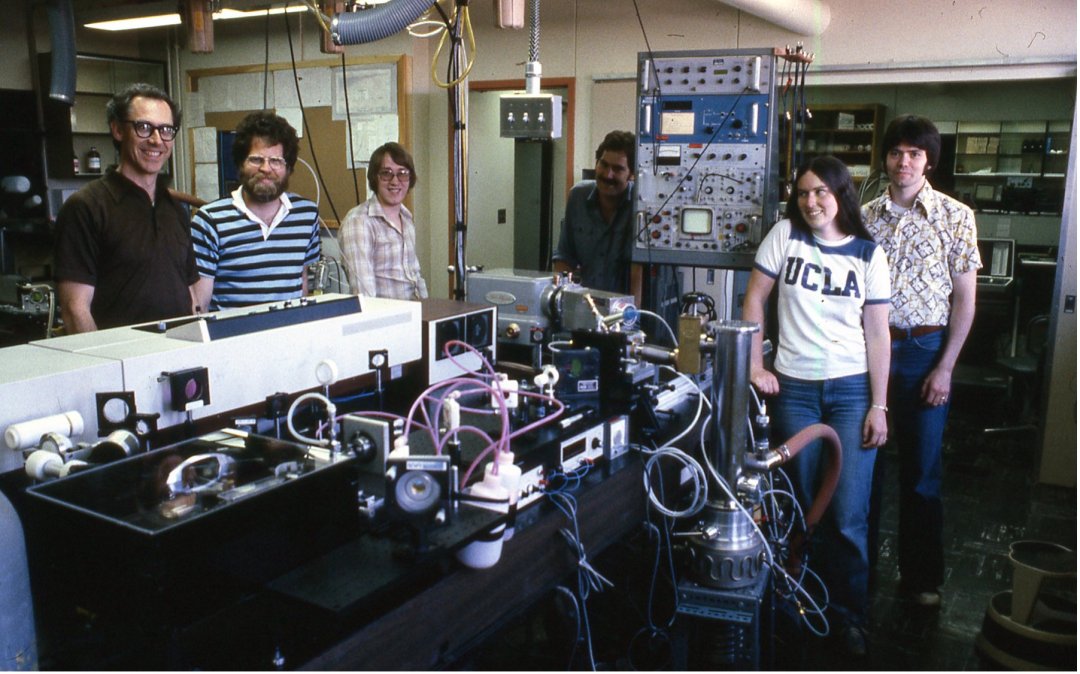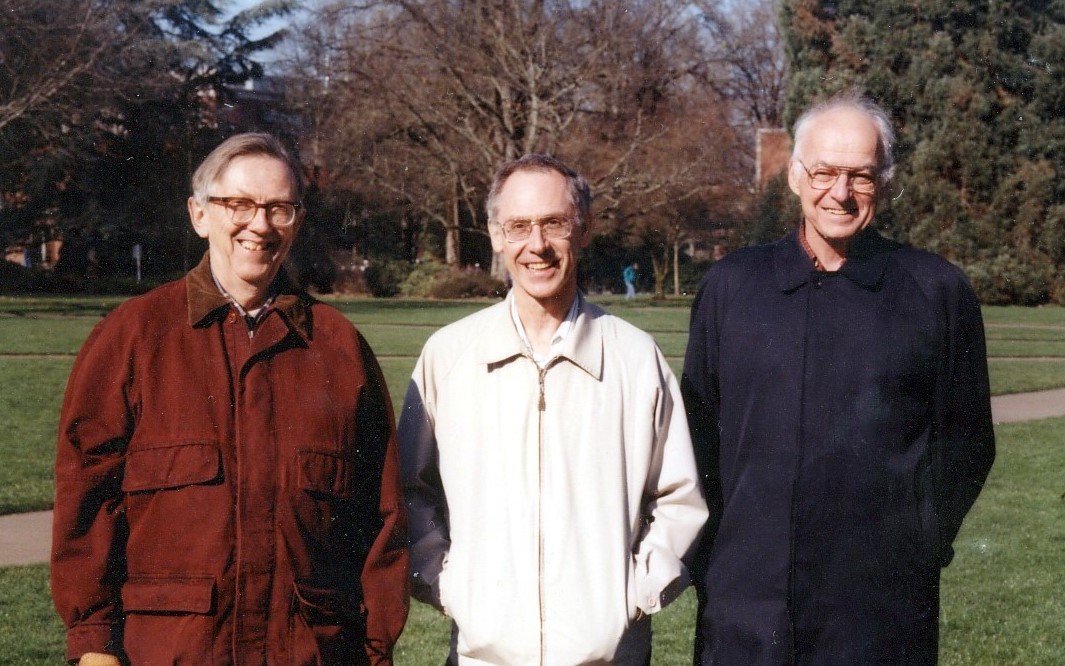A long and prosperous career in science can be defined by nanoseconds. No one knows this better than Professor Emeritus Joe Nibler (‘63, chemistry), who has spent decades innovating how we study the bonds and motions of atoms. Certain experiments, such as his groundbreaking work with Coherent Anti-Stokes Raman Scattering, captured fleeting molecules in the blink of an eye.
A fourth-generation Oregonian and an Oregon State University alumnus, Nibler was recently honored with the College of Science’s Lifetime Achievement in Science Award. His journey from a curious undergraduate to a pioneering researcher and mentor is marked by a recurring theme of gratitude.
“I was lucky at OSU where there were really outstanding scientists and individuals that I got to work with every day,” Nibler said.
Bonds across decades
For Nibler, chemistry began with music. He still vividly remembers Professor Wendell Slabaugh’s famous demonstrations during his freshman courses at Oregon State. The professor placed solutions around the room, mixing them at particular times so when the music he played reached a crescendo, the chemicals would suddenly change to a vivid purple.
It was an exhilarating start to Nibler’s time at OSU that showed him the thrill of chemistry, he said. He continued his journey with Professor Jack Decius as his Honors thesis mentor. Decius introduced him to the field of molecular vibrational spectroscopy, which unveils the structures of molecules through their interactions with light. Decades later, the field remains his ultimate passion as a chemist.
“My research interest has always been in studying how atoms stick together to form molecules, the strength of the bonds and the motions of the atoms and reactions of the atoms,” he explained. “Things like that intrigue me. Asking, ‘Why would nature want to put things together that way?’”








